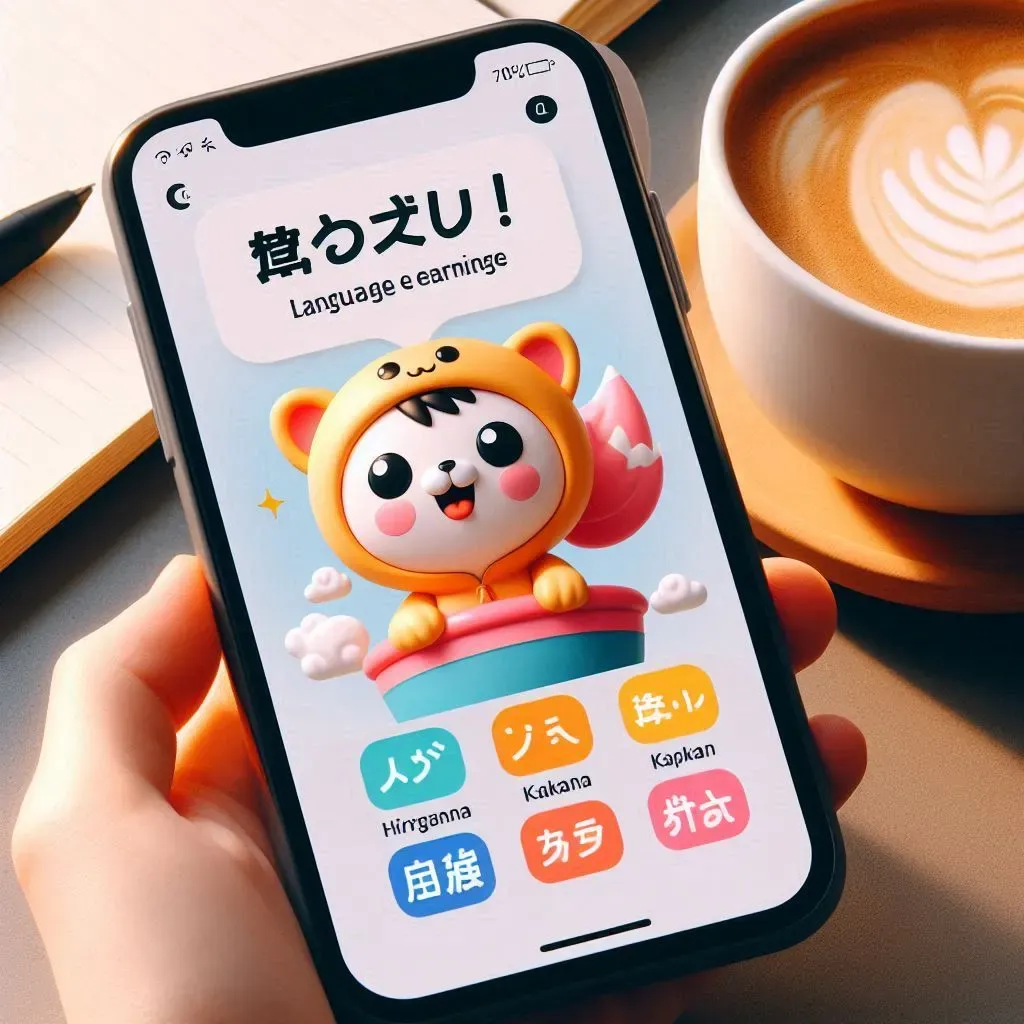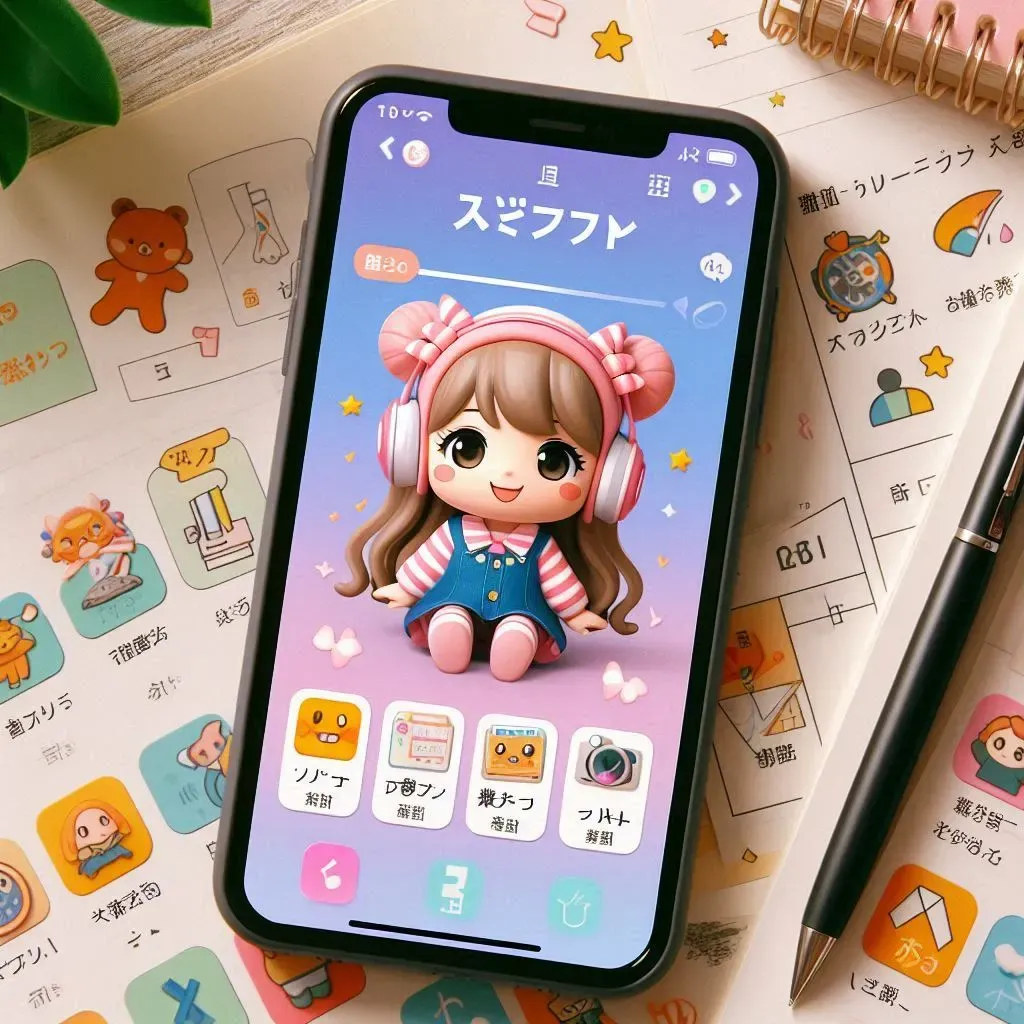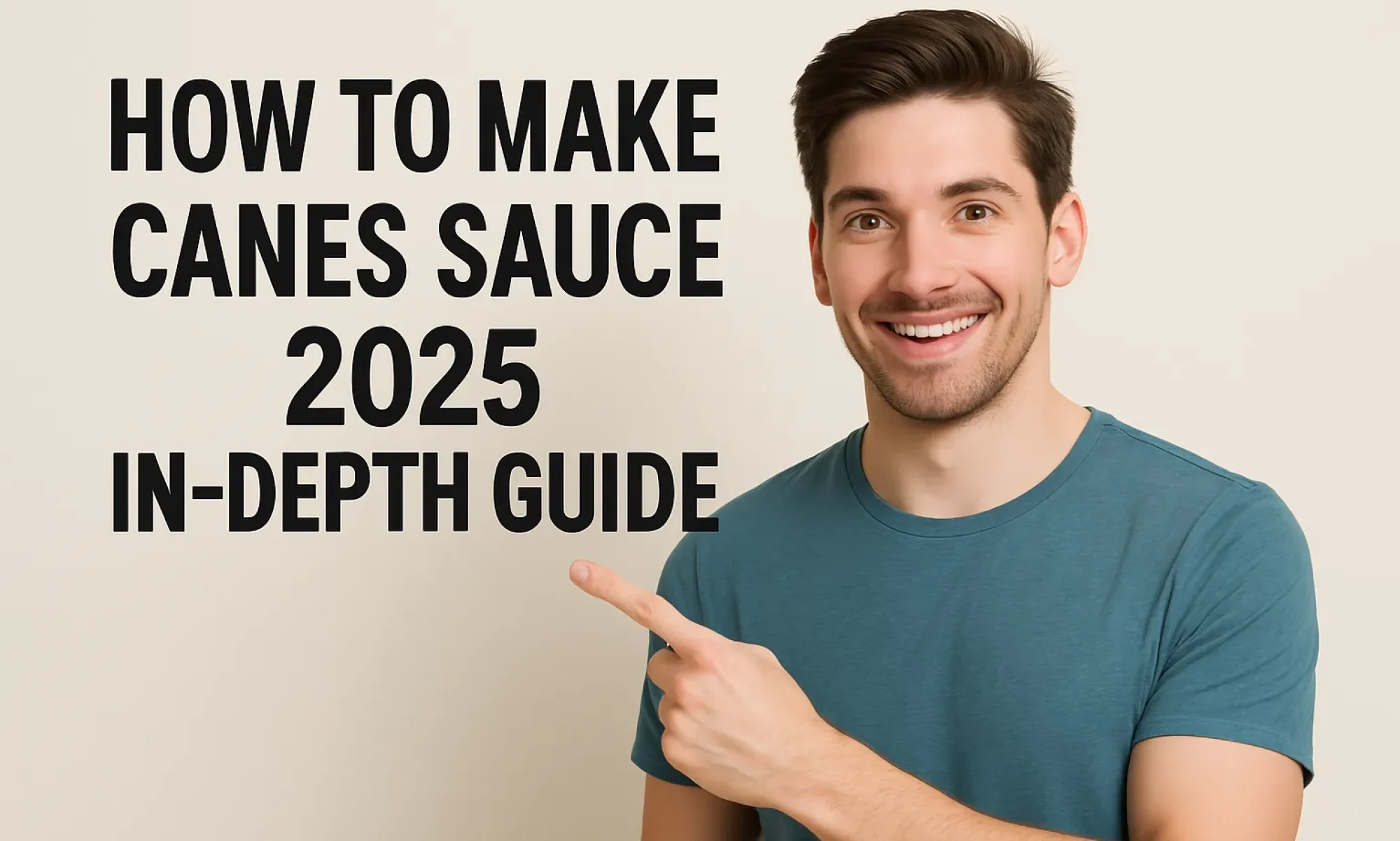- Camping Essentials Ultimate Guide 2025(Keep up to date) - 08/20/2025
- Can Dogs Eat? Ultimate Guide 2025 (Keep up to date) - 08/18/2025
- Places to Eat Near Me: Ultimate Guide (2025 Edition) - 08/18/2025

Table of Contents
Learning Japanese can be an exciting and rewarding experience, especially with the wide range of apps available today. Whether you’re aiming to grasp the basics or achieve fluency, there’s an app to suit every need. With different features and approaches, finding the best app for learning Japanese can depend on your personal preferences, learning style, and goals. Here’s a guide to some of the top apps and what makes them stand out for Japanese learners.
1. Duolingo
Best for Beginners
Duolingo is one of the most popular language-learning apps globally, and it’s an excellent choice for beginners in Japanese. It offers a gamified experience where learners can practice Japanese through bite-sized lessons, unlocking new levels as they progress. Duolingo covers hiragana, katakana, and basic kanji along with sentence structures and vocabulary.
The app’s strength lies in its simplicity and ease of use. It’s highly accessible and allows learners to start practicing immediately. The lessons are structured like games, which keeps users motivated with rewards and streaks. While it’s a fun way to learn, Duolingo lacks depth in grammar and more advanced language features, making it more suited for beginners or those looking for casual practice.
Pros:
- Free with optional premium features
- Easy to use and gamified to encourage consistency
- Good for building vocabulary and sentence basics
Cons:
- Limited grammar explanations
- Not suitable for intermediate or advanced learners
2. LingoDeer
Best for Grammar-Focused Learners
LingoDeer is designed specifically for learning Asian languages, including Japanese. Unlike Duolingo, which focuses on vocabulary and simple sentences, LingoDeer places a strong emphasis on grammar. The app offers a structured curriculum, providing detailed explanations for grammar points while also covering hiragana, katakana, and kanji.
For beginners and intermediate learners, LingoDeer is a fantastic choice because of its thorough approach to language structure. It also provides writing practice and speaking exercises, giving users a well-rounded learning experience. The app offers free content, but access to the full course requires a subscription.
Pros:
- Strong focus on grammar with clear explanations
- Suitable for both beginners and intermediate learners
- Includes speaking, listening, and writing exercises
Cons:
- Paid subscription required for full access
- May be too structured for casual learners
3. WaniKani
Best for Learning Kanji
Kanji is one of the most challenging aspects of learning Japanese, and WaniKani is a specialized app that focuses solely on kanji and vocabulary. It uses a spaced repetition system (SRS) to help learners memorize over 2,000 kanji and 6,000 vocabulary words. The app provides mnemonic devices to make remembering the complex characters easier.
WaniKani is ideal for learners who struggle with kanji and need a structured way to tackle it. Its strength lies in helping learners master kanji efficiently, making it a perfect companion for intermediate to advanced learners. However, it doesn’t cover grammar or conversation, so it works best when used alongside other apps.
Pros:
- Effective spaced repetition system for kanji memorization
- Covers over 2,000 kanji and related vocabulary
- Offers mnemonic aids to reinforce learning
Cons:
- Only focuses on kanji and vocabulary
- Paid subscription after a free trial
4. BunPro
Best for Mastering Japanese Grammar
BunPro is a grammar-focused app that categorizes lessons based on the Japanese Language Proficiency Test (JLPT) levels, from N5 (beginner) to N1 (advanced). The app uses spaced repetition to help learners retain grammar points and provides example sentences, exercises, and links to external resources for deeper understanding.
This app is perfect for learners looking to reinforce their understanding of Japanese grammar, particularly those studying for the JLPT. It lacks other language skills like speaking and listening practice, so it’s best to use BunPro alongside other apps for a comprehensive learning experience.
Pros:
- Extensive grammar lessons categorized by JLPT levels
- Spaced repetition system for grammar retention
- Provides links to external resources for further study
Cons:
- Lacks speaking and listening practice
- Subscription required for full content access
5. Memrise
Best for Vocabulary Building and Listening Practice
Memrise combines vocabulary building with real-world listening practice. The app uses videos of native Japanese speakers to demonstrate how words and phrases are used in context, which helps learners improve both their listening and speaking skills. Memrise uses spaced repetition to help users retain vocabulary, and its community-created courses cover various topics.
Memrise is particularly useful for those who want to expand their vocabulary and improve their listening skills by hearing native speakers. However, it doesn’t offer as much focus on grammar or kanji as other apps, so it’s best suited for learners who need supplemental vocabulary practice.
Pros:
- Videos of native speakers for immersive listening practice
- Spaced repetition to reinforce vocabulary learning
- Free with optional premium content
Cons:
- Limited grammar instruction
- Not ideal for advanced learners
6. Tandem
Best for Conversation Practice with Native Speakers
Tandem is a language exchange app that connects learners with native Japanese speakers for text, voice, or video chats. It’s a unique way to practice conversational Japanese and learn about the culture firsthand. The app allows users to exchange languages, helping each other with corrections and tips.
Tandem is perfect for those who want to improve their speaking skills and gain fluency. However, it’s more dependent on finding the right language partner, so the learning experience can vary. It’s an excellent supplement to structured learning for those looking to practice real-world conversations.
Pros:
- Real-time conversation practice with native speakers
- Free to use with premium features available
- Great for practicing fluency and conversational skills
Cons:
- Learning quality depends on your language partner
- No structured lessons


Conclusion
Choosing the best app to learn Japanese depends largely on your individual goals and learning style. For beginners, Duolingo provides a fun and easy introduction to the language. If you’re focused on mastering grammar, LingoDeer and BunPro offer excellent in-depth explanations. For kanji mastery, WaniKani is unmatched, while Memrise helps expand your vocabulary through real-world context. Finally, for those looking to practice conversation with native speakers, Tandem offers an authentic way to improve speaking skills.
By combining a few of these apps, learners can cover all the key aspects of the Japanese language and enjoy a more well-rounded learning experience.
Toy Poodle: The Perfect Petite Companion – love a happy home (loveahh.com)
- Camping Essentials Ultimate Guide 2025(Keep up to date)
- How to Be Funny Ultimate 2025 Guide
- 100 Best Guess What Jokes Ultimate 2025 Guide
- What the Difference Between Jokes? 2025 In-Depth
- What Is a Homemaker? 2025 Expert-Backed Guide
- 100 Best Dad Jokes for Kids 2025 Ultimate Guide
- 100 Best Bad Dad Jokes 2025 Ultimate Guide
- 100 Best Deez Nuts Joke 2025 Ultimate Guide
- 100 Best Candice Joke 2025 In-Depth Guide
- Top 100 Best Christmas Movies 2025 In-Depth Guide
- Top 100 Best Christmas Family Games 2025
- Top 100 Best Fun Family Games 2025 In-Depth Guide
- Top 100 Best Family Games 2025 Ultimate Guide
- 100 Talk Show Hosts 2025 In-Depth Guide
- 100 Best Funny Dad Jokes 2025 In-Depth Guide
- 100 Best Funny Games 2025 In-Depth Guide
Amazon Best Sellers in Health & Household: Top 10 Must-Have Products for Every Household
We all want a cleaner, healthier home - but who has time to sort through Amazon's endless options? The good news: millions of shoppers have already done the work for you by voting with their wallets.
These Health & Household bestsellers aren't just popular - they're the real MVPs that:
• Make everyday tasks easier
• Deliver quality without the crazy price tag
• Earn rave reviews again and again
From bathroom upgrades to cleaning must-haves, here are the 10 products worth adding to your cart today:
1. Bounty Quick Size Paper Towels, White, 8 Family Rolls = 20 Regular Rolls (Packaging May Vary)
Product Overview: When it comes to cleaning up spills and messes, few brands are as trusted as Bounty. Known for their durability and absorbency, Bounty Quick Size Paper Towels offer high-quality performance with the convenience of quick and easy cleanup. With this pack of 8 Family Rolls, you get the equivalent of 20 regular rolls, making it a cost-effective solution for your home.
Key Features:
- Extra-absorbent for faster cleanup.
- Quick Size sheets to help reduce waste.
- Ideal for both small and large messes.
- Soft yet durable for everyday use.
Customer Benefits: Bounty’s Quick Size Paper Towels are designed to tackle even the toughest spills. Whether you're cleaning up water, grease, or food messes, these towels can handle it all. Plus, the compact roll size is perfect for storing in tight spaces, and the generous pack size ensures you won’t run out too soon.
2. Amazon Basics 2-Ply Toilet Paper, 30 Rolls = 120 Regular Rolls, 350 Sheets, Unscented
Product Overview: Looking for a reliable toilet paper option that combines both comfort and value? Amazon Basics offers a 2-ply toilet paper that’s perfect for households of all sizes. With 30 rolls in this pack, you’re getting the equivalent of 120 regular rolls, each containing 350 sheets. Plus, the unscented version ensures it’s suitable for sensitive skin.
Key Features:
- 2-ply sheets for softness and strength.
- 350 sheets per roll for extended use.
- Unscented and hypoallergenic for sensitive skin.
- High absorbency to minimize usage.
Customer Benefits: This toilet paper delivers superior quality without the high price tag. The soft, yet durable sheets make it ideal for everyday use, and the large pack size means you’ll be stocked up for a while, saving you the hassle of frequent reordering.
3. LMNT Zero Sugar Electrolytes - Variety Pack | Drink Mix | 12-Count
Product Overview: For those looking to stay hydrated and replenish lost electrolytes, LMNT Zero Sugar Electrolytes are an excellent choice. This variety pack offers 12 individual servings of drink mix, providing a refreshing and healthy alternative to sugary sports drinks. Each serving is packed with electrolytes and contains zero sugar, making it a great option for fitness enthusiasts and health-conscious individuals.
Key Features:
- Zero sugar and no artificial ingredients.
- Packed with electrolytes to maintain hydration.
- Available in a variety pack with different flavors.
- Suitable for all ages, including athletes.
Customer Benefits: LMNT Electrolytes help you stay hydrated and maintain optimal body function, whether you're hitting the gym or just staying active throughout the day. The convenient packets make it easy to take on the go, and the variety of flavors ensures there's something for everyone.
4. Charmin Ultra Soft Cushiony Touch Toilet Paper, 24 Family Mega Rolls = 123 Regular Rolls
Product Overview: Charmin Ultra Soft Toilet Paper is known for its incredible softness and comfort. With 24 Family Mega Rolls that equate to 123 regular rolls, this toilet paper provides excellent value. The ultra-soft texture ensures a luxurious experience every time you use it, making it perfect for those who prioritize comfort.
Key Features:
- Ultra-soft for maximum comfort.
- Mega rolls last longer than standard rolls.
- 2-ply for strength and durability.
- Ideal for large households or frequent use.
Customer Benefits: Charmin Ultra Soft Toilet Paper is perfect for those who want a high-quality, soft experience without compromising on strength. The long-lasting mega rolls reduce the frequency of replenishing your supply, saving you time and effort in the long run.
5. Scott ComfortPlus Toilet Paper, 12 Double Rolls, 231 Sheets per Roll, Septic-Safe, 1-Ply Toilet Tissue
Product Overview: Scott ComfortPlus Toilet Paper offers an affordable and reliable option for everyday use. With 12 double rolls, each containing 231 sheets, this toilet paper provides excellent value while maintaining strength and softness. It’s septic-safe, making it a great choice for homes with septic systems.
Key Features:
- 1-ply design for efficiency and strength.
- Septic-safe for homes with septic systems.
- 231 sheets per roll for more use.
- Affordable and budget-friendly.
Customer Benefits: Scott ComfortPlus Toilet Paper is perfect for those who need a reliable, affordable toilet paper that performs well and doesn’t clog septic systems. It’s a great choice for families or those with a high household demand.
6. Hefty Ultra Strong Tall Kitchen Trash Bags, Lavender & Sweet Vanilla Scent, 13 Gallon, 80 Count
Product Overview: Hefty Ultra Strong Tall Kitchen Trash Bags provide extra strength for your kitchen cleanup needs. These 13-gallon bags are ideal for large households or those who generate significant waste. The lavender and sweet vanilla scent ensures that your kitchen stays smelling fresh while these bags handle even the heaviest loads.
Key Features:
- Ultra-strong to handle heavy loads without breaking.
- 13-gallon size fits most kitchen bins.
- Scented with lavender and sweet vanilla for freshness.
- 80-count package for long-term use.
Customer Benefits: These trash bags are designed to make your kitchen clean-up quick and easy. The scented bags help mask odors, and their durability ensures they won’t tear or break under pressure. With 80 bags in a pack, they’re a great value for any home.
7. Sparkle Pick-A-Size Paper Towels, 6 Double Rolls = 12 Regular Rolls, Everyday Value Paper Towel With Full And Half Sheets
Product Overview: Sparkle Pick-A-Size Paper Towels are perfect for households looking for versatile, durable, and affordable paper towels. With the ability to choose between full or half sheets, these towels give you flexibility when it comes to cleaning up messes of any size. This 6 double-roll pack is equivalent to 12 regular rolls, providing great value.
Key Features:
- Pick-A-Size design to save on waste.
- Strong and absorbent for everyday messes.
- Available in a value pack of 6 double rolls.
- Soft enough for most cleaning tasks.
Customer Benefits: Sparkle’s Pick-A-Size Paper Towels are a great choice for anyone who wants to minimize waste while maximizing the cleaning power. The absorbent material is perfect for cleaning up both small and large messes around the house.
8. Miss Mouth's Messy Eater Stain Treater Spray - 4oz Stain Remover
Product Overview: Miss Mouth's Messy Eater Stain Treater Spray is a must-have for parents of young children or anyone who deals with frequent stains. This 4oz spray is specifically designed to remove food, grease, and coffee stains from fabrics without requiring dry cleaning. It’s perfect for treating stubborn stains on clothes, upholstery, and even undergarments.
Key Features:
- Removes food, grease, coffee, and other tough stains.
- Safe for use on a variety of fabrics.
- Non-toxic and environmentally friendly.
- Ideal for busy parents and families.
Customer Benefits: This stain treater is a lifesaver for busy families or anyone who is constantly dealing with food or beverage stains. It works quickly and effectively, helping to restore fabrics without any harsh chemicals or complicated processes.
9. Physician's Choice Probiotics 60 Billion CFU - 10 Strains + Organic Prebiotics - Immune, Digestive & Gut Health
Product Overview: Physician's Choice Probiotics is a premium product designed to support gut health, digestion, and overall immunity. With 60 billion CFU per capsule and 10 probiotic strains, it’s an effective supplement for anyone looking to improve their digestive health and strengthen their immune system.
Key Features:
- 60 billion CFU per serving for maximum potency.
- Includes 10 probiotic strains and organic prebiotics.
- Supports digestive health, immunity, and gut balance.
- Ideal for both men and women.
Customer Benefits: Physician's Choice Probiotics is a great addition to any health regimen, particularly for those dealing with digestive issues. It helps maintain a healthy gut microbiome, improve digestion, and support overall well-being.
10. Cottonelle Fresh Feel Flushable Wet Wipes, Adult Wet Wipes, 8 Flip-Top Packs, 42 Wipes Per Pack
Product Overview: For added freshness and hygiene, Cottonelle Fresh Feel Flushable Wet Wipes are a great companion to regular toilet paper. These wipes are designed for adults and come in a convenient 8-pack with 42 wipes per pack, ensuring you always have access to a clean, refreshing experience.
Key Features:
- Flushable and septic-safe for easy disposal.
- Soft and gentle on skin.
- Ideal for use after toilet paper for a fresher clean.
- 8-pack for long-lasting supply.
Customer Benefits: These wet wipes add an extra layer of freshness after using the restroom, making them perfect for anyone who wants to feel cleaner and more refreshed. The flushable design ensures easy disposal, while the soft material is gentle on the skin.
Let's be real - these bestsellers became popular for good reason. We're talking:
• Everyday essentials that actually work (no more flimsy paper towels!)
• Health boosters your body will thank you for
• All the little things that make home life smoother
Add a few to your next order and feel the difference - your future self will appreciate the upgrade.
🎯 Don’t Miss Out — These Are Reader-Favorite Bestsellers You’ll Love Too 👇
| # | 🎁 Product | 💬 Why It Converts | 🔗 Quick Action |
|---|---|---|---|
| ✅ 1 | Exploding KittensThe Wildly Popular Card Game | 🔥 100,000+ rave reviews🤣 Fun for all ages🎉 #1 party game choice | 👉 Click to Check Price |
| 😂 2 | Funny Dad T-Shirt“You Can’t Scare Me, I Have Kids” | 👕 Viral dad gift🎂 Perfect for birthdays & Father’s Day💬 Gets people laughing instantly | 👉 See It in Action |
| 🕯️ 3 | Luxury Candle Gift SetElegant 1-Wick, Spa Fragrance | 🧘♀️ Instant relaxation🎁 Beautifully boxed for gifting💡 Affordable luxury | 👉 Treat Yourself or Gift Now |
| 🔍 4 | Tile Bluetooth TrackerFind Anything in Seconds | 🛠️ Life-saving tech🧓 Great for parents, teens, travelers📱 Works with your phone | 👉 Never Lose Anything Again |
| 📘 5 | Atomic Habits by James ClearTransform Your Daily Life | 📖 20M+ readers worldwide🔑 Simple steps, big results🎓 Top self-growth book | 👉 Read What Everyone’s Talking About |
✅ Why These Items Sell:
| 💡 Trigger | Example in Table | How It Helps Conversion |
|---|---|---|
| ✅ Social Proof | “100,000+ rave reviews” | Builds trust instantly |
| 🎯 Use Case Clarity | “Great for family game night” | Reduces decision friction |
| 🚀 Action Verbs | “Click to check price” | Encourages immediate action |
| 🔥 Urgency & Emotion | “Don’t miss out” / “Treat yourself” | Triggers impulse buying |
| 🎁 Gifting Potential | “Perfect for birthdays & holidays” | Taps into universal purchase intent |
❤️ Your Click Makes a Difference
Every purchase made through these links helps support this site and keeps great content coming — Thanks!
💬 Why Tip? It’s Not Just Money — It’s Motivation ❤️
| 😊 What You Got | 🎁 What I Get | 🔗 What You Can Do |
|---|---|---|
| ✔️ A smile or laugh | ✔️ A reason to keep creating | 👉 Buy me a coffee ☕️ |
| ✔️ Useful tips, insights, or ideas | ✔️ Proof that this content helps | 👉 Click the support button 💸 |
| ✔️ Fun, relatable content | ✔️ Motivation to go deeper & better | 👉 Leave a tip + kind feedback 🙌 |
| ✔️ Ad-free reading experience | ✔️ A little financial breathing room | 👉 $1 isn’t too little, $10 isn’t too much 🎉 |
| ✔️ A sense of connection | ✔️ The joy of being seen and supported | 👉 Let me know you’re out there 👀 |
❤️ If you made it this far, maybe that’s your sign to support? Every tip matters!

















